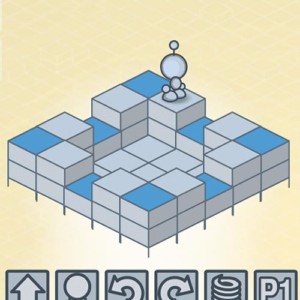
Learning Procedural Writing With Lightbot
 Grade 3 - Grade 6
Grade 3 - Grade 6
Using the game Lightbot, students will learn how to create step-by-step instructions used in procedural writing.


Using the game Lightbot, students will learn how to create step-by-step instructions used in procedural writing.

This lesson is geared towards students who want to learn code or make games. Students will be introduced to Twine with a working prototype.
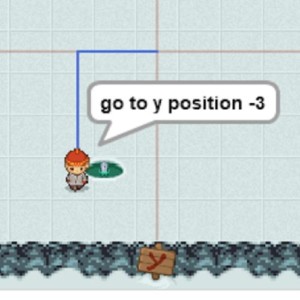
In this lesson students will learn how to use x and y coordinates to place sprites on the workspace in Scracth.
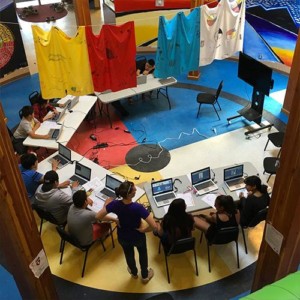
The goal for this lesson is to teach students the important of inter generational oral stories and Indigenous culture.

Students will learn that it is acceptable and encouraged to use computers and technology for fun and learning, but it is also very important to consider what they are consuming and why.
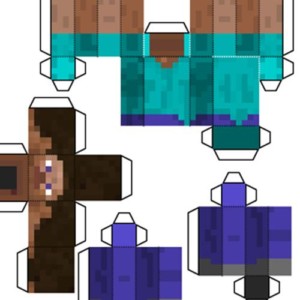
Learn how to use GraphicsGale to create a skin for your Minecraft character!
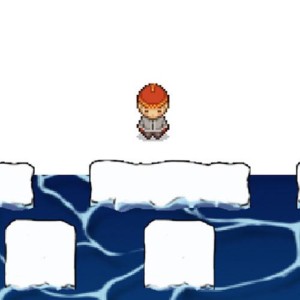
In this lesson students will be exploring conditional statements and how they can be used in game design.
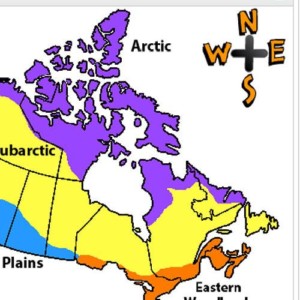
Using Scratch, students will learn about the locations of provinces, territories and various cultural areas of Canada!

Learn how to use the basic tools in Inkscape to create a vector art using a reference image.

Memes can be funny to share with friends and family. But sometimes they are offensive to other cultures. Learn what not to share online and cultural sensitivity.

Art and storytelling is very important in Indigenous culture. In this lesson we combine the Seven Grandfather Teachings with digital comic book strips.
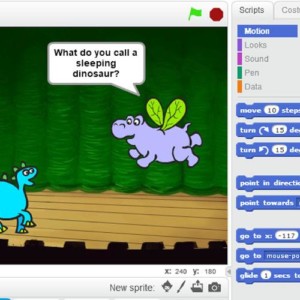
In this fun lesson students will create their own jokes and discover their sense of humour using Scratch to share with their peers!
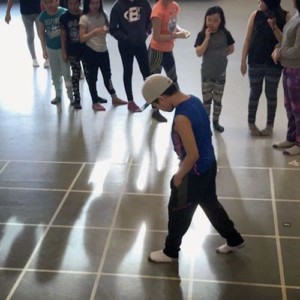
This lesson provides students with a hands-on-way of understanding how X/Y coordinates work, which they can later apply to their work in Scratch as a memory grid!
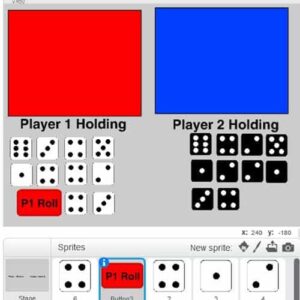
Students will build a game in Scratch using the ‘random operator.’ After this module students will have the skills to create probability experiments.
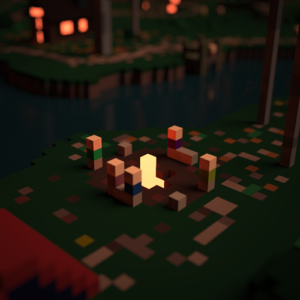
Are you a fan of pixel art? In this lesson we take pixel art and make it 3D using voxels! Learn how to use Magicavoxel and create a world of your own.
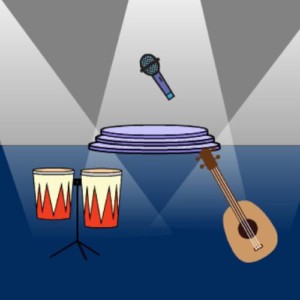
In this lesson students will explore Scratch’s music library, and putting them together through programming to make music.
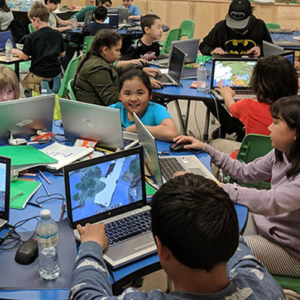
Do you like building in Minecraft? If so, then this lesson will be useful to you! Learn how to create an Adventure Map and share it with your friends!

Social media is fun and a great way to connect with people from across the world, but it can also be dangerous. Students will learn how to keep themselves safe while using social media.

Students will be creating an interactive story based on a novel they have already read through Twine!

Learn about Audacity, a free program that allows you to record and edit audio.

Cyberbullying affects a lot of people online. Learn how to recognize what cyberbullying is and how to seek help if someone you know is being cyberbullied.
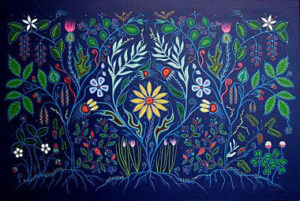
Learn how to create Métis dot art by using traditional tools as well as the digital art software Autodesk Sketchbook!
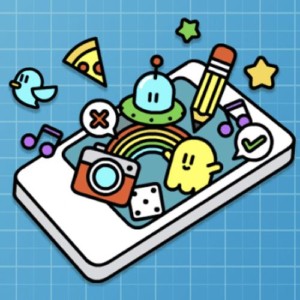
Using App Lab students will learn the basics of developing an app and the basics of programming using App Lab and code.org.

Learn about digital citizenship! As digital citizens we need to know how to be safe, kind, and positive contributors to the communities we participate in.